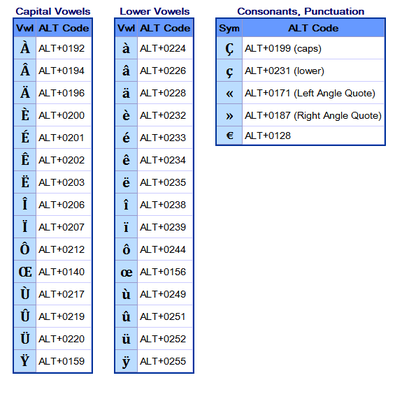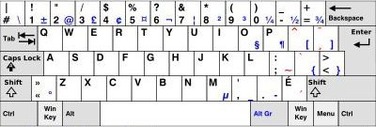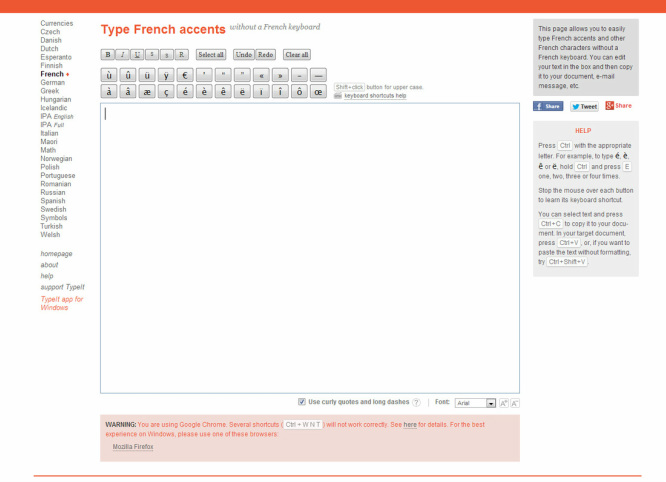The imperfect is used to describe continuous, repeated, or habitual actions in the part. It is different from the passé composé because the passé composé is used to express actions that started and ended at a specific time in the past.
You should you the imperfect tense when using an action that was continued in the past (I was eating, they were doing, etc.)
You use passé composé for describing a completed action in the past (I went, I saw, I did, etc.)
Pronoun Ending Parler Finir Etudier Manger Etre
je (j') -ais parlais finissais étudiais mangeais étais
tu -ais parlais finissais étudiais mangeais étais
il -ait parlait finissait étudiait mangeait était
nous -ions parlions finissions étudiions mangions étions
vous -iez parliez finissiez étudiiez mangiez étiez
ils/elles -aient parlaient finissaient étudiaient mangeaient étaient
The imperfect of all verbs, except for the verb etre, is formed the same way.
Avoir - j'avais, tu avais, il avait, nous avions, vous aviez, ils avaient
Faire - je faisais, tu faisais, il faisait, nous faisions, vous faisiez, ils faisaient
Etre - j'etais, tu etais, il etait, nous etions, vous etiez, ils, ils etaient
Aller - j'allais, tu allais, il allait, nous allions , vous alliez
Manger - je mangeais, tu mangeais, il mangeait, nous mangions, vous mangiez, ils mangeaient
Croire - je croyais, tu croyais, il croyait, nous croyions, vous croyiez, ils croyaient
You should you the imperfect tense when using an action that was continued in the past (I was eating, they were doing, etc.)
You use passé composé for describing a completed action in the past (I went, I saw, I did, etc.)
Pronoun Ending Parler Finir Etudier Manger Etre
je (j') -ais parlais finissais étudiais mangeais étais
tu -ais parlais finissais étudiais mangeais étais
il -ait parlait finissait étudiait mangeait était
nous -ions parlions finissions étudiions mangions étions
vous -iez parliez finissiez étudiiez mangiez étiez
ils/elles -aient parlaient finissaient étudiaient mangeaient étaient
The imperfect of all verbs, except for the verb etre, is formed the same way.
Avoir - j'avais, tu avais, il avait, nous avions, vous aviez, ils avaient
Faire - je faisais, tu faisais, il faisait, nous faisions, vous faisiez, ils faisaient
Etre - j'etais, tu etais, il etait, nous etions, vous etiez, ils, ils etaient
Aller - j'allais, tu allais, il allait, nous allions , vous alliez
Manger - je mangeais, tu mangeais, il mangeait, nous mangions, vous mangiez, ils mangeaient
Croire - je croyais, tu croyais, il croyait, nous croyions, vous croyiez, ils croyaient



 RSS Feed
RSS Feed